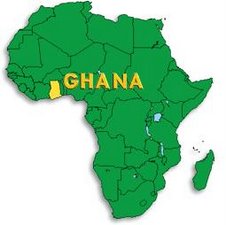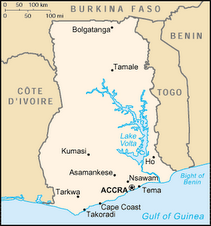The peanut/groundnut
mentioned in the previous blog was successfully removed from the infant boy improving
his breathing and stopping his cough. However, a repeat chest x-ray still shows
a collapsed left lung and bronchoscopy may again be necessary to remove a blocking
blood clot or thickened exudate. The peanut was friable, separating as it was
being removed and copious exudate and bleeding obscured visibility.
Visiting
plastic surgeons released a woman’s contracted, flexed neck by excising her
scar tissue and inserting a full thickness skin graft and reconstructed a boy’s
mouth damaged from an accidental gunshot wound. Both procedures were beyond my
skill and I greatly appreciate their help with my patients. I was also taught better
suturing techniques and learned new operations. Medical knowledge and skill is
freely and gladly exchanged and I am proud of our health care professionals.

